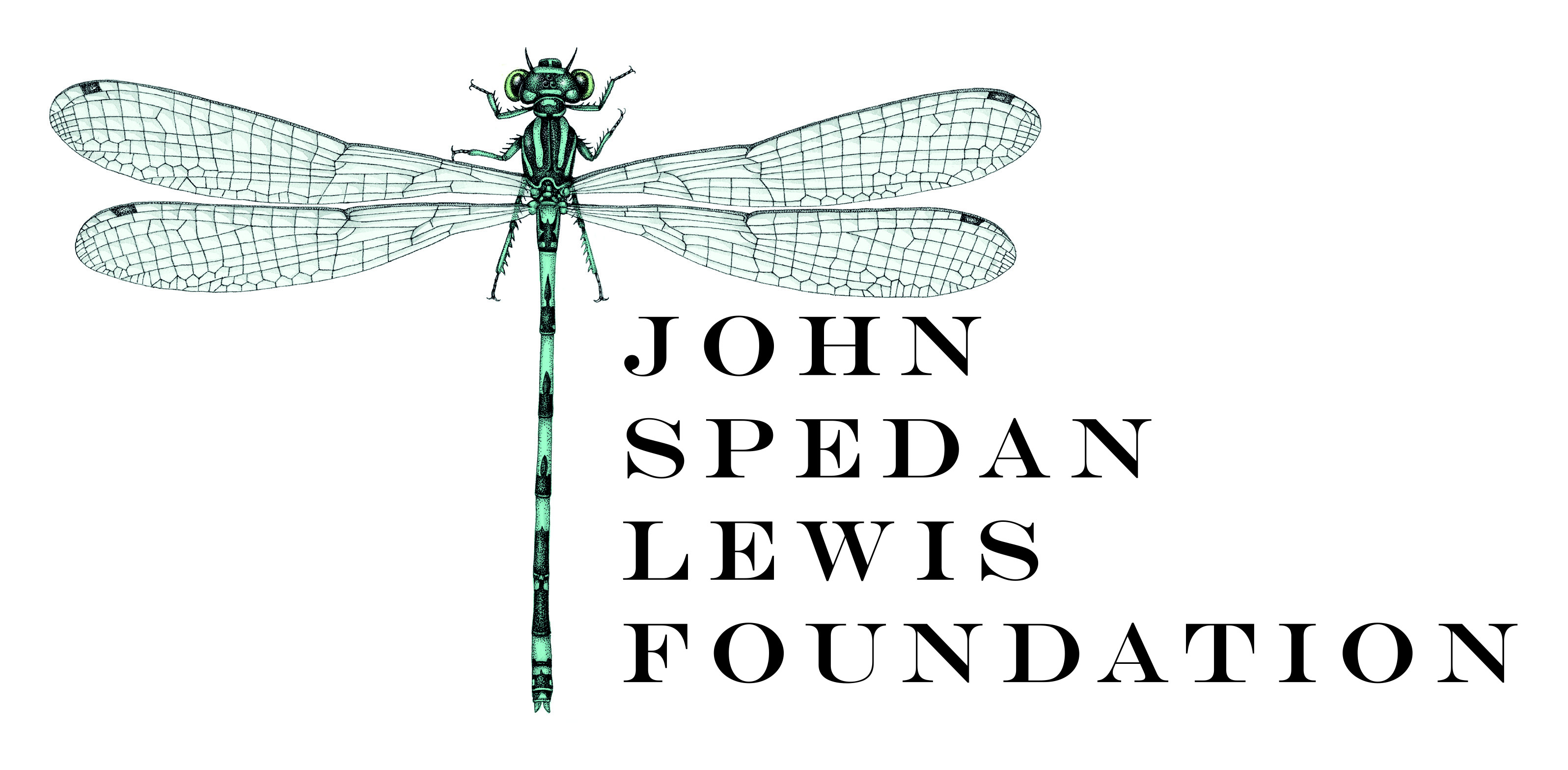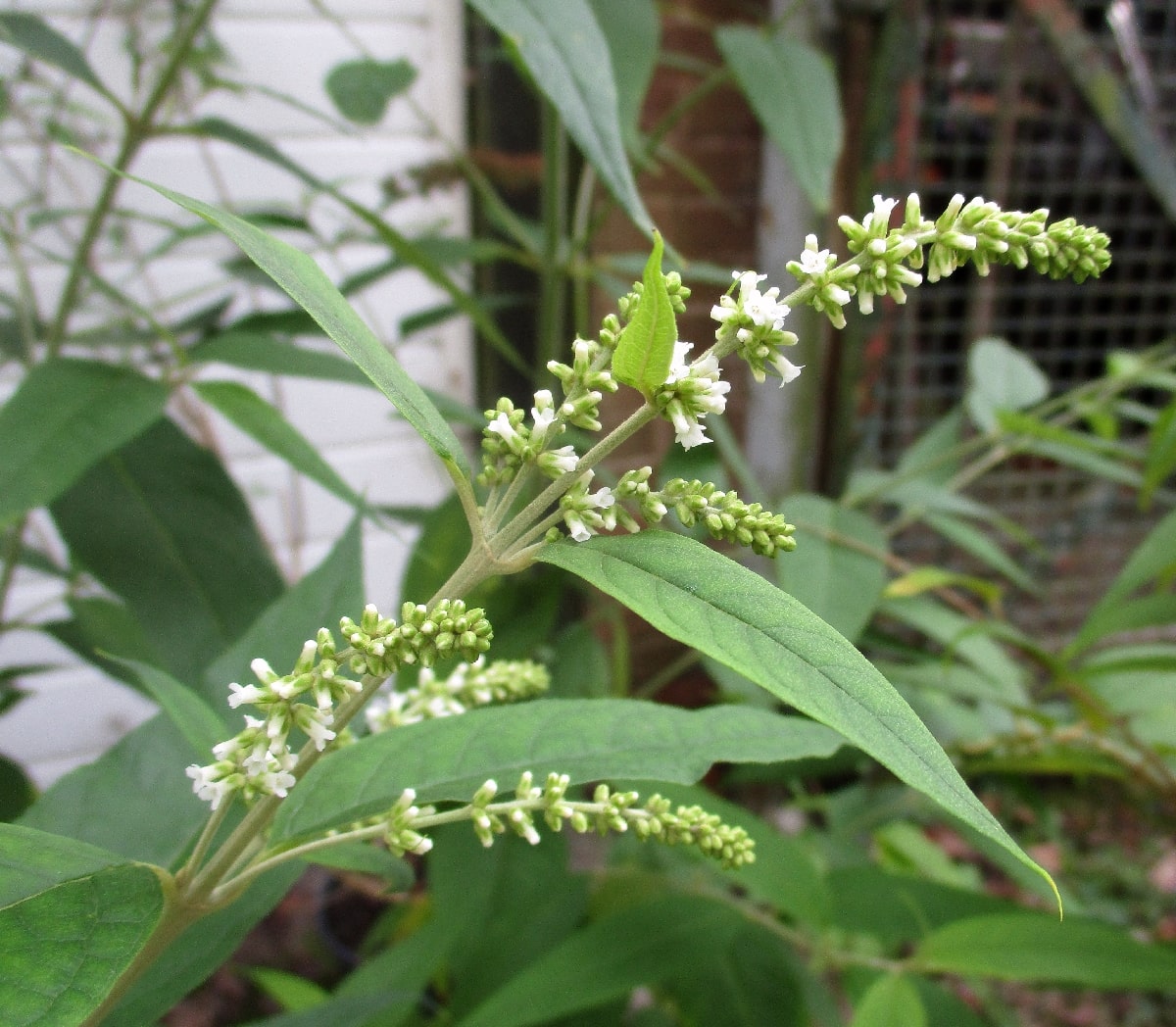Buddleja asiatica
Sponsor
Kindly sponsored by
The John Spedan Lewis Foundation

Credits
Andrew Large (2021)
Recommended citation
Large, A.T. (2021), 'Buddleja asiatica' from the website Trees and Shrubs Online (treesandshrubsonline.
Genus
Synonyms
- Buddleja acuminatissima Blume
- Buddleja amentacea Kränzl.
- Buddleja arfakensis Kan. et Hat.
- Buddleja asiatica var. salicina (Lam.) Koorders & Valeton
- Buddleja asiatica var. breviscupe Koorders
- Buddleja densiflora Blume
- Buddleja discolor Roth.
- Buddleja neemda Buch.-Ham. ex. Roxb.M
- Buddleja neemda var. phillipensis Cham. et Schlecht.
- Buddleja nimda Buch.-Ham. ex. Roem et Schult.
- Buddleja salicina Lam.
- Buddleja serrulata Roth.
- Buddleja subserrata D. Don.
- Buddleja sundaica Blume
- Vitex esquirolii Lévl.
- Buddleja virgata Blanco (mispplied)
Other taxa in genus
- Buddleja albiflora
- Buddleja alternifolia
- Buddleja araucana
- Buddleja auriculata
- Buddleja caryopteridifolia
- Buddleja colvilei
- Buddleja cordata
- Buddleja crispa
- Buddleja crispa × lindleyana
- Buddleja curviflora
- Buddleja davidii
- Buddleja delavayi
- Buddleja fallowiana
- Buddleja fallowiana × davidii
- Buddleja FLUTTERBY™ Series
- Buddleja forrestii
- Buddleja globosa
- Buddleja glomerata
- Buddleja japonica
- Buddleja lindleyana
- Buddleja LO AND BEHOLD® Series
- Buddleja longiflora
- Buddleja loricata
- Buddleja × luteolufaucia
- Buddleja macrostachya
- Buddleja marrubiifolia
- Buddleja megalocephala
- Buddleja 'Miss Ruby'
- Buddleja 'Morning Mist'
- Buddleja myriantha
- Buddleja New Dwarf Hybrids
- Buddleja nivea
- Buddleja officinalis
- Buddleja 'Orange Sceptre'
- Buddleja paniculata
- Buddleja × pikei
- Buddleja 'Pink Delight'
- Buddleja saligna
- Buddleja 'Salmon Spheres'
- Buddleja salviifolia
- Buddleja 'Silver Frost'
- Buddleja speciosissima
- Buddleja 'Summer Beauty'
- Buddleja virgata
- Buddleja × wardii
- Buddleja × weyeriana
- Buddleja × weyeriana Hybrids
- Buddleja 'Winter Sun'
Subshrub, shrub or occasionally a small tree, 1–7 m tall. Branchlets terete or subterete, densely stellate-pubescent with white, grey or tawny hairs. Leaves opposite, sometimes alternate towards the inflorescence; petiole 2–15 mm; blade narrowly elliptic 6–30 × 1–7 cm; apex accuminate, base cuneate or decurrent, margin remotely serrate-dentate to subentire, occasionally distinctly serrate; upper surface glabrous to densely pubescent, beneath densely stellate-pubescent or floccose. Inflorescence terminal, also sometimes axillary, 5–25 × 0.7–2 cm, thyrsoid and spiciform, composed of 1–3 flowered cymes in the axils of linear bracts; pedicel short, up to 2 mm long, flowers sessile to subsessile. Calyx campanulate, 1.5–4.5 mm, with triangular lobes, outside stellate pubescent or tomentose. Corolla white, rarely pale violet or greenish; corolla tube 3–6 mm long, outside densely to sparsely stellate pubescent except for the glabrous base, inside woolly or pillose; lobes suborbicular, 1–1.7 × 1–1.5 mm, spreading. Stamens inserted above middle of corolla tube to nearly at mouth, included; anthers 0.8–1.2 × 0.2–0.4 mm oblong with short filaments. Ovary ovoid to almost conical, 1–1.5 × 0.8–1 mm, glabrous or scaly. Style short; stigma capitate or clavate, relatively large 0.7–1 × 0.3–0.4mm. Capsules ellipsoid, 3–5 × 1.5–3 mm, glabrous or somewhat scaly. Seeds pale brown, 0.8–1 × 0.3–0.4 mm, with short wings at both ends; grain elliptic and reticulate. (Leeuwenberg 1979; Li & Leeuwenberg 1996).
Distribution Bangladesh Bhutan Myanmar Cambodia China Fujian, Guangdong, Guangxi, Guizhou, Hainan, Hubei, Hunan, Jiangxi, Shanxi, Sichuan, Taiwan, Xizang, Yunnan India Indonesia Laos Malaysia Nepal Pakistan Papua New Guinea Philippines Thailand Vietnam
Habitat Open areas, forests edges and open woodlands, 200–2800 m asl.
USDA Hardiness Zone 8-10
RHS Hardiness Rating H3
Awards RHS AGM
Conservation status Not evaluated (NE)
Buddleja asiatica has a very wide range across the Himalayas and South East Asia; as a result it is highly variable and has been repeatedly reported under a large number of synonyms. In cultivation, the species is generally a rather sparse shrub with dark green leaves, which have a white or tawny felted underside. The flowers, which usually appear late winter to early spring in cultivation, are white or occasionally pale violet; the yellow eye is less conspicuous than in white examples of B. davidii or B. fallowiana; they are heavily scented with a fine perfume. The inflorescence is narrow, interrupted and often quite long (Stuart 2006). According to Flora of China (Li & Leeuwenberg 1996), flowering in the wild may occur at any time from winter until the autumn.
A plant of tropical and subtropical regions, it is not fully hardy in our area, although collections from altitude or the most morthern part of its range may have at least some cold-hardiness to approximately –5ºC for short periods in otherwise optimal conditions. Mostly, B. asiatica is grown as a potted specimen which can be brought under cover for the winter, where the flowers can develop without the risk of frost. Some collections can be grown outside in a warm, sheltered position, for example against a wall in full sun. However, the shrub is unlikely to flower successfully if there are hard frosts or prolonged periods of cold (Stuart 2006; pers. obs.).

